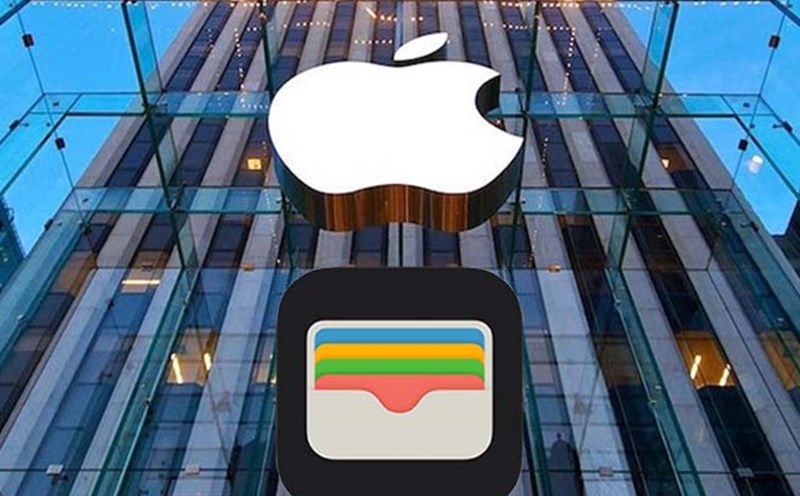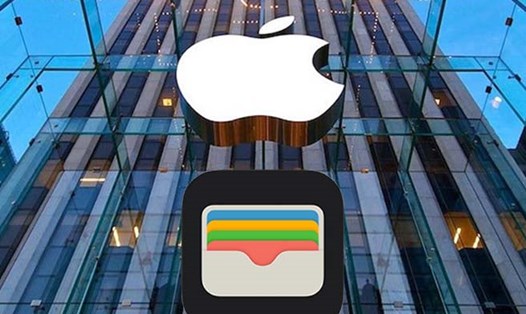OLED provides deeper black display capabilities, higher contrast compared to current LCD displays, especially useful for content creation and entertainment. However, higher production costs may cause the selling price of new models to increase significantly.
Apple is testing iPad Air, iPad mini, and MacBook Air versions using OLED panels, the source said. Currently, this technology only appears on iPad Pro and iPhone lines, mainly for high-end devices. The expansion to popular products is expected to stimulate the stagnant sales of Macs and iPads.
The first device expected to have a OLED screen is the new-generation iPad mini, which could be launched next year. This model has the internal code J510, rumored to cost about 100 USD more thanks to the new screen and waterproof design. The iPad Air and MacBook Air will take the next step, with the MacBook Air OLED version likely to have to wait until 2028.
If the leaks are accurate, Apple's move of OLEDs to mid-range products will mark a major shift in its display strategy, helping to narrow the gap between Pro and popular devices.
However, the challenge lies in maintaining a balance between cost, durability and image quality, because MacBook Air and iPad Air users value the value of the device and a reasonable price.
With a few more years to wait, the trend of popularising OLED shows that Apple is preparing for a generation of lighter, more beautiful and more realistic display, to maintain its leading position in the high-end tablet and laptop segment.











